A tale of two Scottish cities
EDINBURGH — Whisky, bagpipes and kilts. Perhaps these are the things one first thinks of when one hears the word “Scotland”.
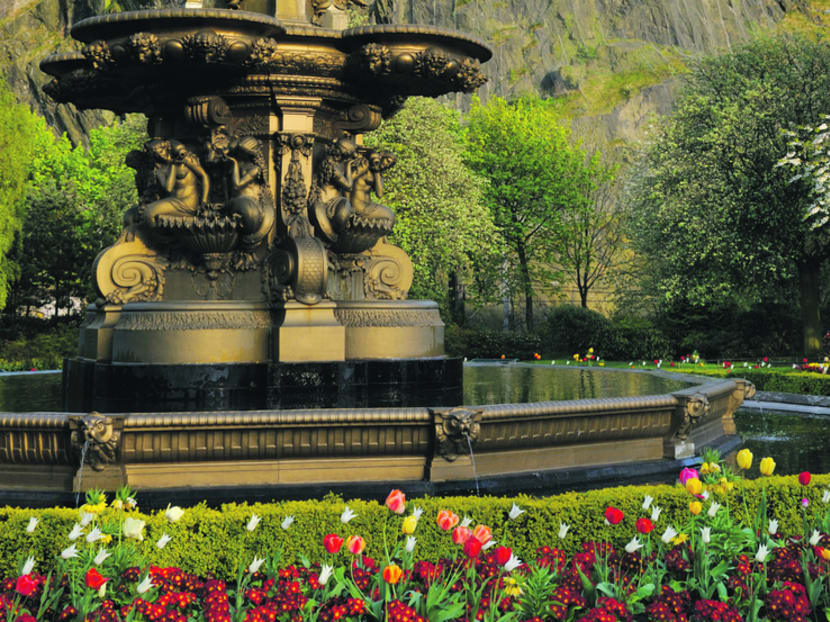
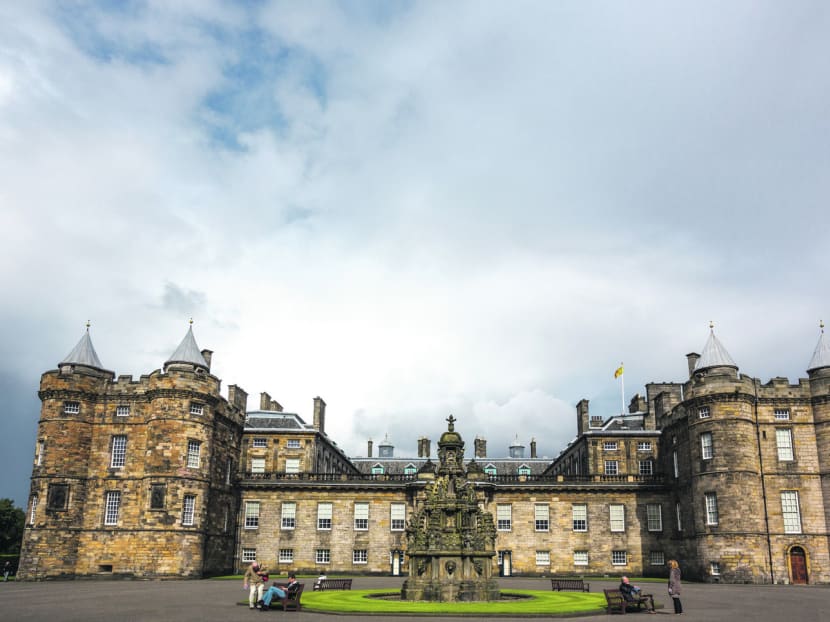
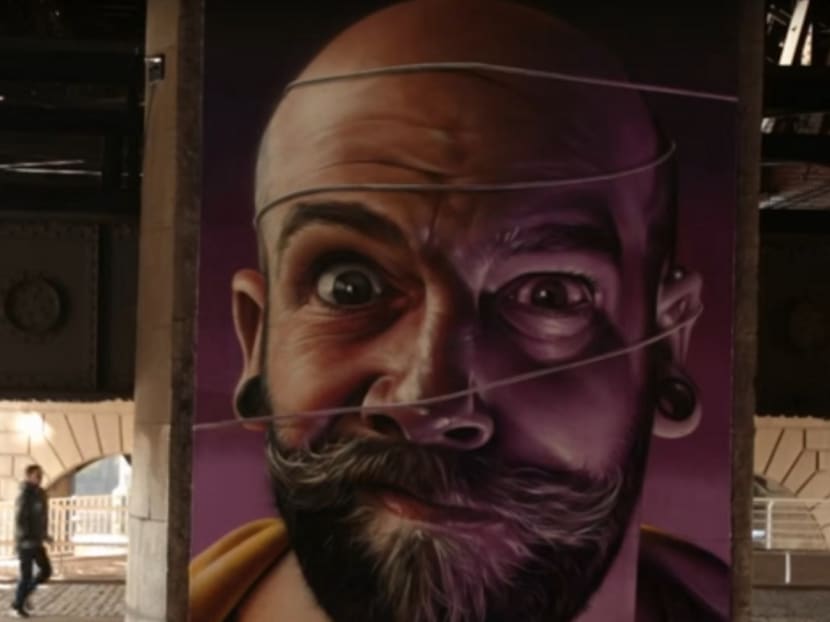
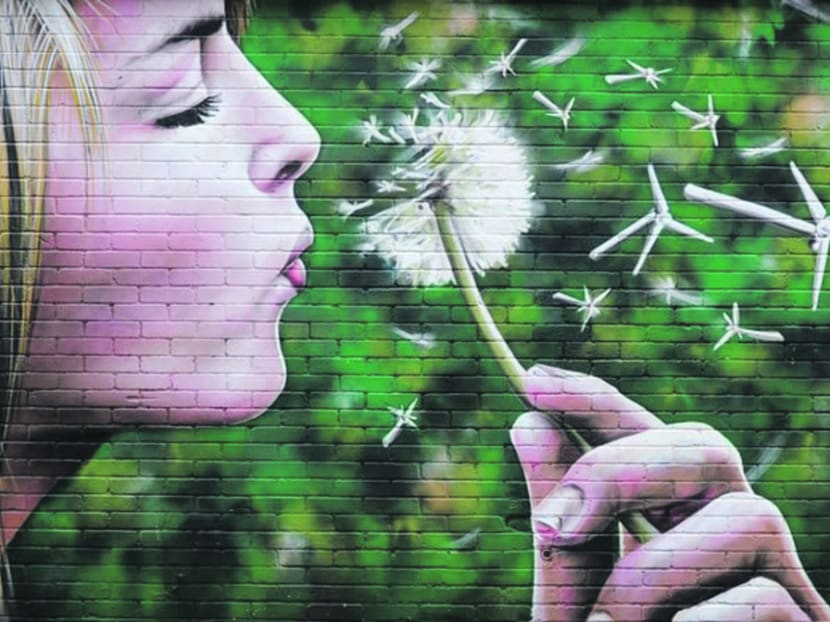
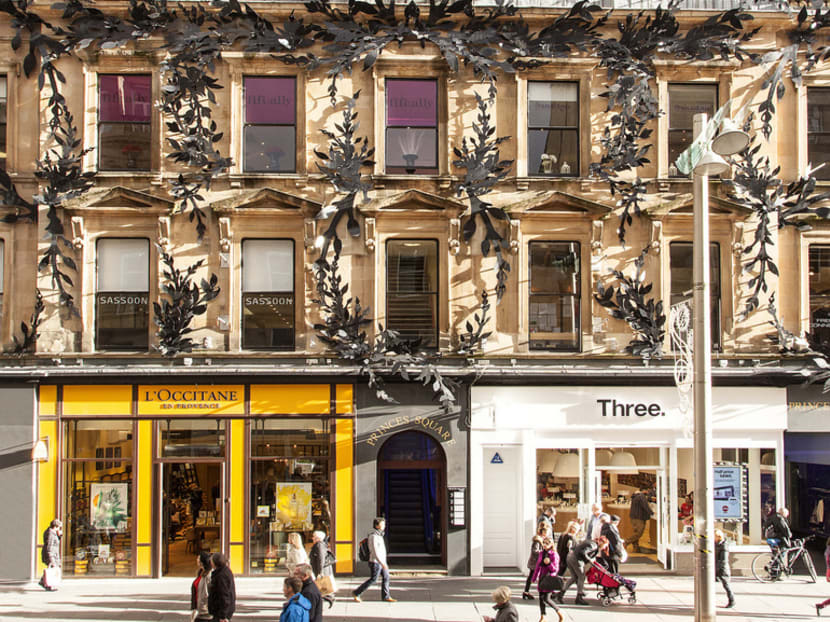
EDINBURGH — Whisky, bagpipes and kilts. Perhaps these are the things one first thinks of when one hears the word “Scotland”.
But when exploring Glasgow and Edinburgh, two of Scotland’s most-visited destinations, one discovers that the Scottish culture goes far beyond those key representations.
It is timely, then, to present these two cities since the summer season is just ahead. The differences between them are significant in terms of their setting, character and culture, that it is worth visiting both.
edinburgh: ROYAL flavour
Like London, the Scottish capital of Edinburgh can be classified as a “royal city” since it has been home to the region’s kings and queens for over a millennium. Even today, the Palace of Holyroodhouse, which is one of the city’s major sights, is where British monarch Queen Elizabeth tarries when she is in Scotland.
The royal flavour, therefore, has seeped into the very stones of Edinburgh’s buildings. There is a sense of the “upper class” as one walks through the winding streets, lined with medieval architecture. Even when rubbing shoulders with the locals at the Palm Court Bar and the prestigious Balmoral Hotel — a landmark of the city, whose kilted doorman at the entrance sets the tone — one feels the grandeur of the city.
The Balmoral, by the way, is a pilgramage point for any Harry Potter fan. Author J K Rowling finished her final Harry Potter book, the Deathly Hallows, in one of the rooms here.
That room — number 552, if you are wondering — has now been converted to a suite bearing her name, and contains her writing desk and a marble bust of Hermes, the Greek god of travel, signed by Rowling herself. Many more locations associated with the novel are spread across the city, such as The Elephant House, where Rowling wrote the first Harry Potter book; or the Greyfriar’s Kirkyard, the inspiration for Tom Riddle’s graveyard in The Goblet of Fire.
For the non-Potter fan, the famed Royal Mile must be any Edinburgh visitor’s first stop. This mile-long thoroughfare is packed with many of the city’s major attractions. This older part of Edinburgh is also listed as a Unesco (United Nations Educational, Scientific and Cultural Organisation) World Heritage site.
Its palaces, castles, churches, museums and monuments hold the keys to a rich history.
The Palace of Holyroodhouse, which stands majestically at one end, was the home of many monarchs, and is the official residence of the Queen of England when she deigns to visit.
There, the ghost of Mary, Queen of Scots, is said to roam the palace corridors. Legend has it that it was here that Mary witnessed the brutal murder of her trusted Italian secretary, David Rizzio. The dastardly deed was authorised by her jealous husband, Lord Darnley.
At the other end of the Royal Mile is Edinburgh Castle. Built in the 12th century, it is a proud symbol of Scotland’s heritage.
Key Scottish royals lived there until the 16th century. Their palace rooms — 14 historic and state apartments are open to the public — have borne witness to many events of import. James VI, who became King of Scotland when he was just a year old, was born here in 1566.
The oldest building inside the complex is the St Margaret’s Chapel. Because of its small size, guest numbers are limited to less than 20, but many locals still use the venue for their own personal, “royal” occasions such as weddings and baptisms.
In August, Edinburgh has even more to offer: Its three-week-long cultural event, better known as the Edinburgh Festival. It plays host to musical soirees and dance performances as well as comedy shows, theatre performances, operas and even circuses. Book accommodation well in advance, since this is a big tourist draw.
glasgow: creative flair
Glasgow, in contrast, has a humble background as a working-class city. Cushioned on the banks of the River Clyde, it experienced a boom in prosperity only in the 18th century. Then, wealth started pouring in from the thriving cotton manufacturing, shipbuilding and heavy engineering industries.
Glasgow then became an industrial giant, making the city thrive, but with a people-oriented environment. In large part, that is why “People make Glasgow” is the slogan of the Glasgow City Marketing Bureau.
The architectural silhouette of Glasgow stands in sharp contrast to that of Edinburgh. While regal domes and spires dominate the skyline of the former, Glasgow is packed with newer, neoclassical buildings. Princes Square, built in the 1840s, is a brilliant showcase of Glaswegian architecture.
But the big drawcard for architectural buffs in Glasgow is the works of local lad, Charles Rennie Mackintosh. An innovative architect, Mackintosh introduced a new style in building design at the turn of the 20th century — the internationally acclaimed “Glasgow Style Art Nouveau”.
His influences can be spotted all over the city, and many travel to Glasgow to see them in detail and understand his style. The Glasgow School of Art is the most celebrated work of Mackintosh’s illustrious career. This institution was built between 1897 and 1909, based on a design that he had submitted in a competition.
Some of his other distinguished works are the buildings for the Glasgow Herald newspaper, his first major design in 1893, the Willow Tea Rooms, and the Queens Cross — the only church designed by the legendary architect.
Glaswegians will tell you that the art and music scenes are vibrant. The city was named European City of Culture in 1990 and Unesco City of Music in 2008. No wonder, since music is a key part of life in Glasgow, with over 100 music events on offer each week — ranging from classical and contemporary, to Celtic and country music.
There are also over 20 museums and galleries, from Kelvingrove Art Gallery & Museum and the Gallery of Modern Art to the Riverside Museum and Science Centre. The city has embraced street art, too — the City Centre Regeneration team has created a City Centre Mural Trail, an easy walking tour that takes you past a number of street-art masterpieces.
Now, one thing you cannot do is leave Scotland without a taste of whisky. When it comes to this, both Glasgow and Edinburgh are aligned — both offer some of the best drams in Scotland in any corner pub. Learn about the history of the drink while sipping some great single malts with the friendly and humorous locals.
In The Piper Whiskey Bar in Glasgow’s city centre, the locals just could not resist taking a dig at their Edinburgh neighbours. “The people of Glasgow have better time at a funeral than people of Edinburgh have during a wedding,” I was told.
Hearing this, I could do nothing but laugh, and tell myself I would return to verify this factoid.
PLANNING YOUR TRIP:
Getting There. There are many options to head to Edinburgh from Singapore. Qatar Airways (www.qatarairways.com), for instance, flies from Singapore via Doha, to Edinburgh. From there, Glasgow is only about an hour away by train, bus or taxi.
Accommodation. In Edinburgh, the Balmoral Hotel (balmoral.edinburgh-hotel.org) is an opulent choice. In Glasgow, the Malmaison Hotel (www.malmaison.com) offers super-slinky rooms and spectacular food in a convenient location.
For more information. Visit the Glasgow City Marketing Bureau (www. peoplemakeglasgow.com) and Marketing Edinburgh (www.edinburgh.org).





